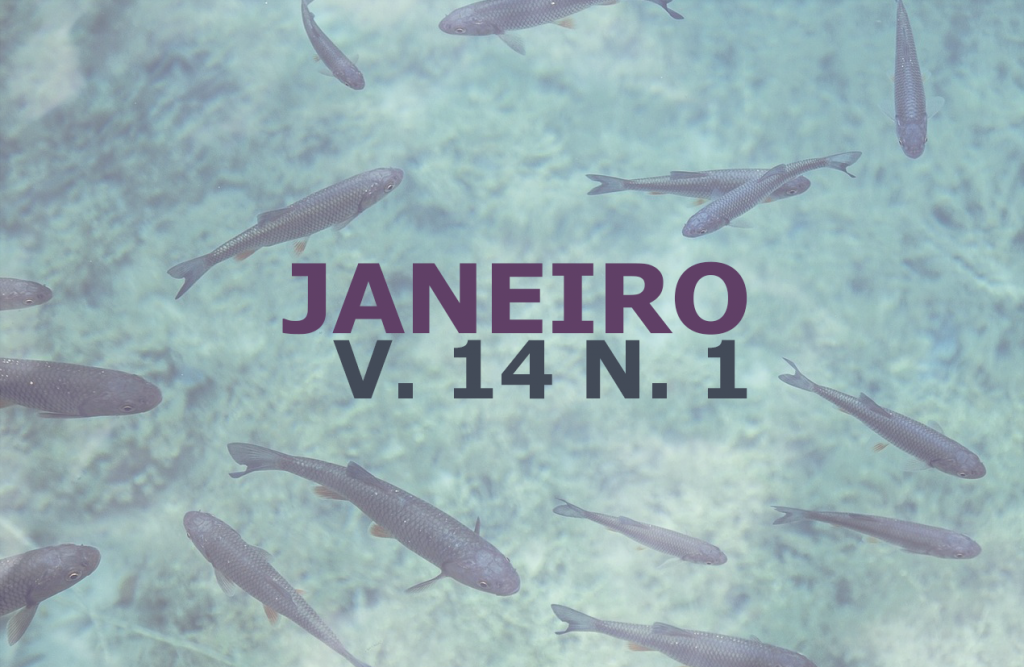Market of Breves, Marajó, Pará: socioeconomic profile, conservation and use of tambaqui waste for bio-jewelry
DOI:
https://doi.org/10.31533/pubvet.v14n1a493.1-12Keywords:
Environment, fishing resources, native species, jewelry, eastern amazonAbstract
The objective of this work is two traders of the municipal market in Breves; to guarantee two merchants perceptions on the conditions of the environment of non-local fish waste management and provide an alternative to or use these residues, using the Tam’baqui scales (Colossoma macropomum) for the manufacture of bioxies. It was used a semi-structured questionnaire dated and for a total of 20 vendors in their local job and two fish residues in loco. This research was performed from June to July 2018. After, interview and observation, the residues of C. macropomum were collected not own market and directed to the Federal Institute of Education, Science and Technology of Pará Campus Breves, for seminar treated and selected for a biocide making. During the results of the socio-economic profile, it is possible to observe that 100% two individuals who work at home-based marketing, where 45% have completed their full employment and declared to be married, between 41 to 50 years of age and live for more than 30 years municipality. The main source of income is coming from a non-market fish market or that, for the same time, promotes or consumes animal protein in the region, being considered a primary activity, whose income is obtained from a minimum wage. Fishes aracu, will map, fish white, piranambu, tamuatá and tambaqui were the most species found for sale, with stand out for or tambaqui that é or fish more marketed not local. In relation to environmental issues, I have observed a large quantity of fish’s residues such as trimming, carcasses, skin and scales, as well as not properly disposed of. These residues, after a series of treatments, could be transformed into raw materials for making bio-jewels such as earrings, necklaces and bracelets. These products are proposed for families to increase their incomes and still contribute to environmental conservation, showing them as an action for sustainable development in the local economy of the Brazilian Eastern Amazon Archipelago.
Downloads
Published
Issue
Section
License
Copyright (c) 2020 Milena Nobre Praia, Osnan Lennon Lameira Silva, Luã Caldas de Oliveira, Manoel Luciano Aviz de Quadros, Ludmila de Freitas, Fabricio Nilo Lima da Silva

This work is licensed under a Creative Commons Attribution 4.0 International License.
Você tem o direito de:
Compartilhar — copiar e redistribuir o material em qualquer suporte ou formato
Adaptar — remixar, transformar, e criar a partir do material para qualquer fim, mesmo que comercial.
O licenciante não pode revogar estes direitos desde que você respeite os termos da licença. De acordo com os termos seguintes:
Atribuição
— Você deve dar o crédito apropriado, prover um link para a licença e indicar se mudanças foram feitas. Você deve fazê-lo em qualquer circunstância razoável, mas de nenhuma maneira que sugira que o licenciante apoia você ou o seu uso. Sem restrições adicionais
— Você não pode aplicar termos jurídicos ou medidas de caráter tecnológico que restrinjam legalmente outros de fazerem algo que a licença permita.





